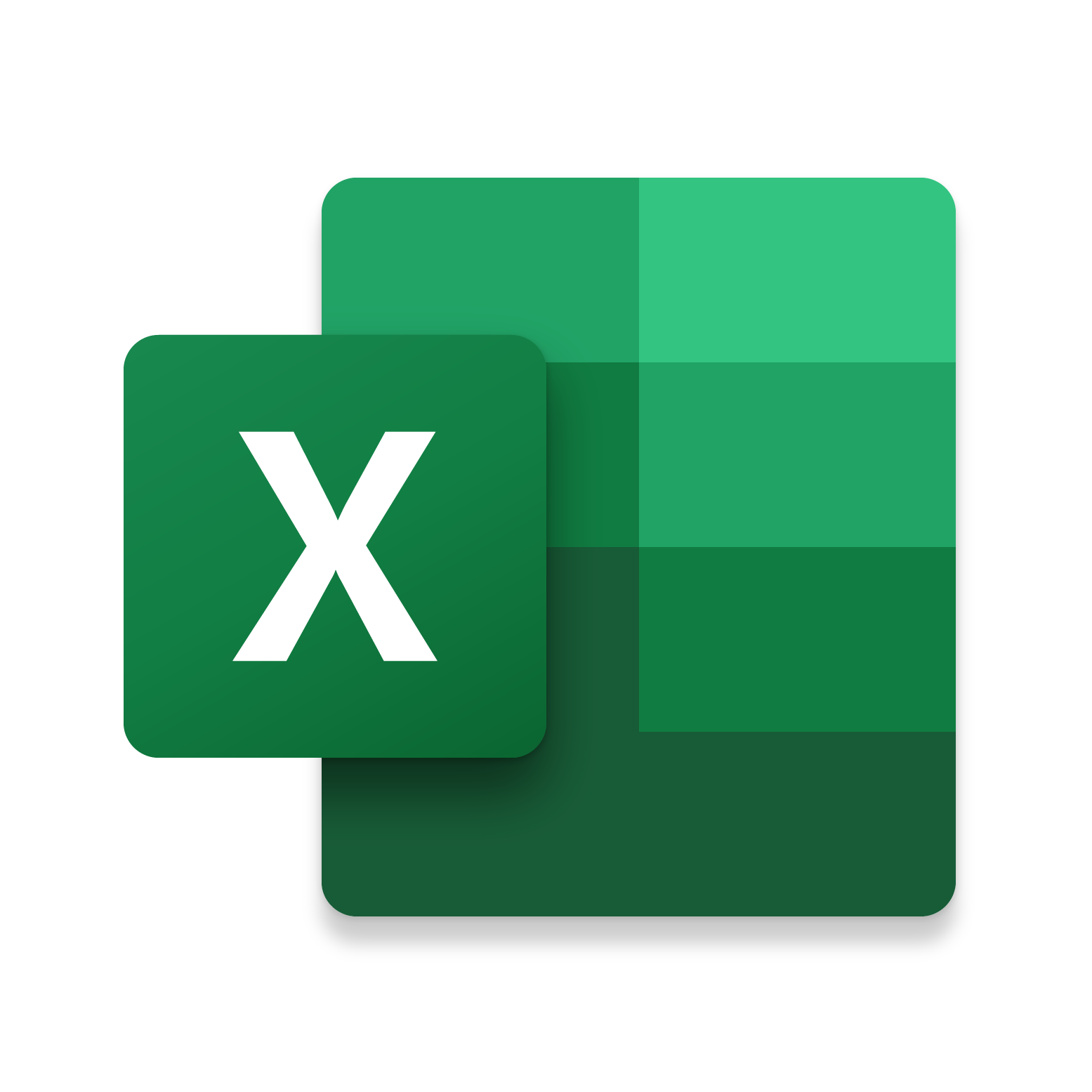Geographic Information Systems comprise hardware, software, and procedures for collecting, managing, analyzing, and displaying geographic data. These can include everything from location-based web and mobile applications that many of us use in our daily life (e.g. social media and other apps that depend on tracking your location, mapping sites and apps to find addresses and navigate you to their location, etc.) to specialized hardware and software designed to analyze and map large, complex spatial datasets. Regardless of their simplicity or sophistication, there are some fundamental concepts that underpin and are common to all these systems. The purpose of this Moodle course is to make you more aware of these concepts - i.e., to increase your geospatial literacy - so that you are a more informed and effective user.

Datasets about all kinds of natural, social, and experimental phenomena are widely available, and new datasets are being generated every day. The first step of making sense of data is often organizing it into a spreadsheet. Once entered and organized, spreadsheets can be used to sort, filter, analyze, and visualize patterns and trends that might not be apparent from our own limited observations. Using contemporary datasets as examples, participants will learn how to create and navigate spreadsheets in Excel, sort and filter data, write formulas to perform calculations, summarize and format data into tables for a report, and generate graphs from data.
- Instructor: Mary Ann Cunningham
- Instructor: Neil Curri
- Instructor: Asy Connelly
- Instructor: Neil Curri
Learn to safely use the Epilog laser cutter/engraver and know what to do in an emergency.
- Instructor: Amy Laughlin
- Instructor: Nick Livingston
- Instructor: Steven Taylor
- Instructor: Baynard Bailey
- Instructor: Baynard Bailey
- Instructor: Abigail Gunnels